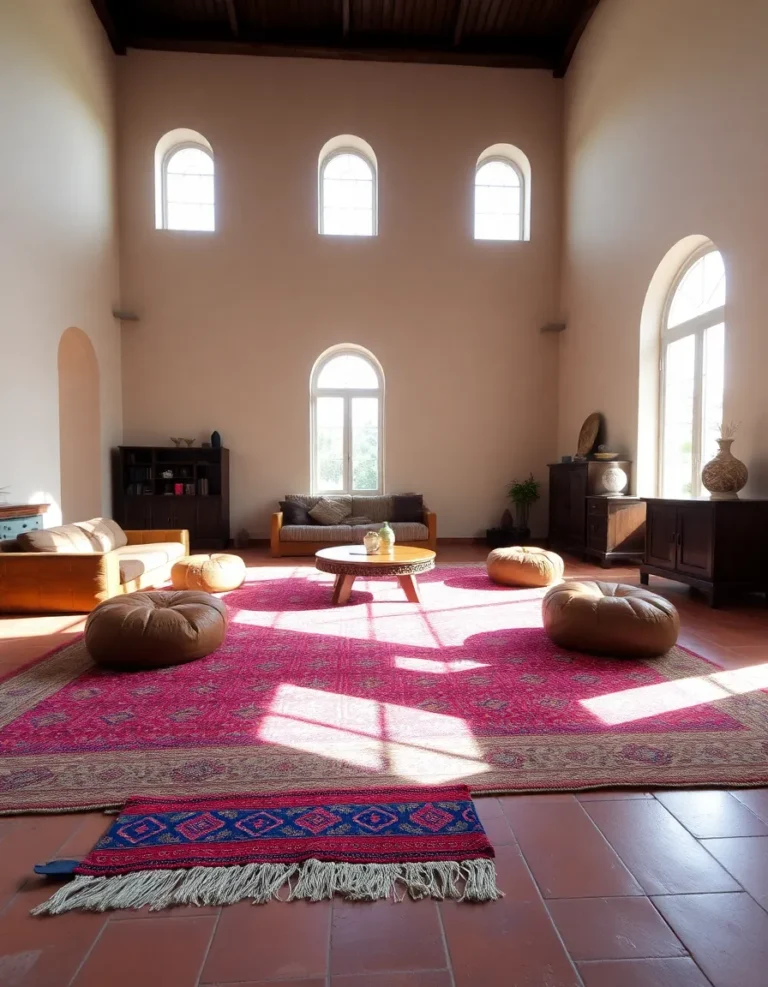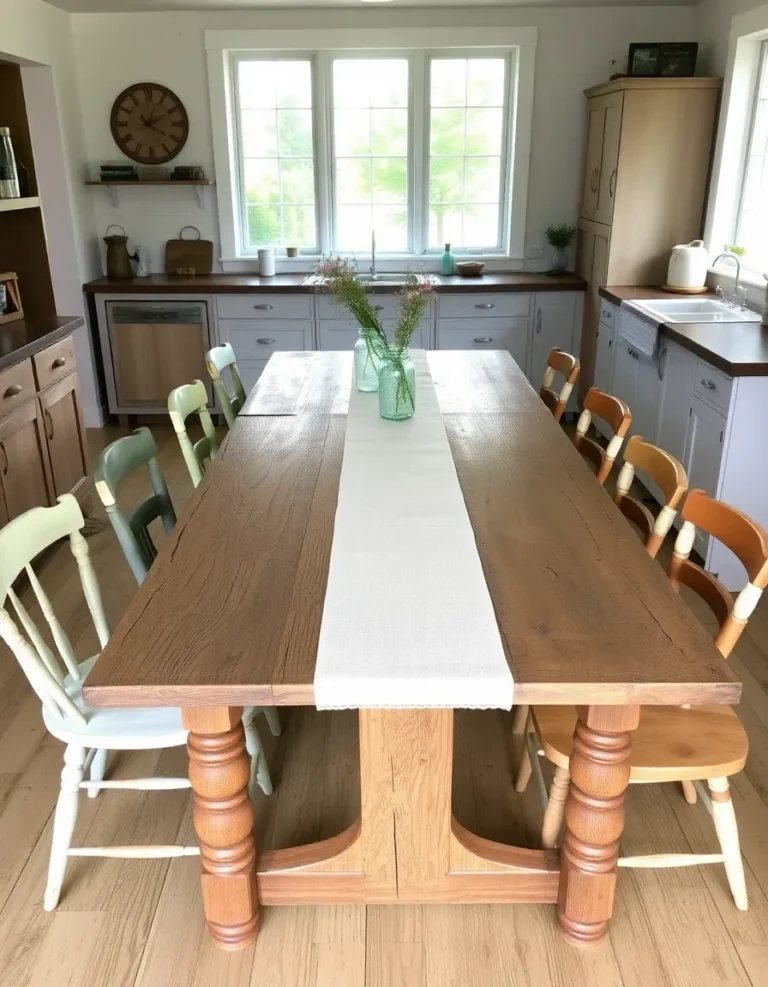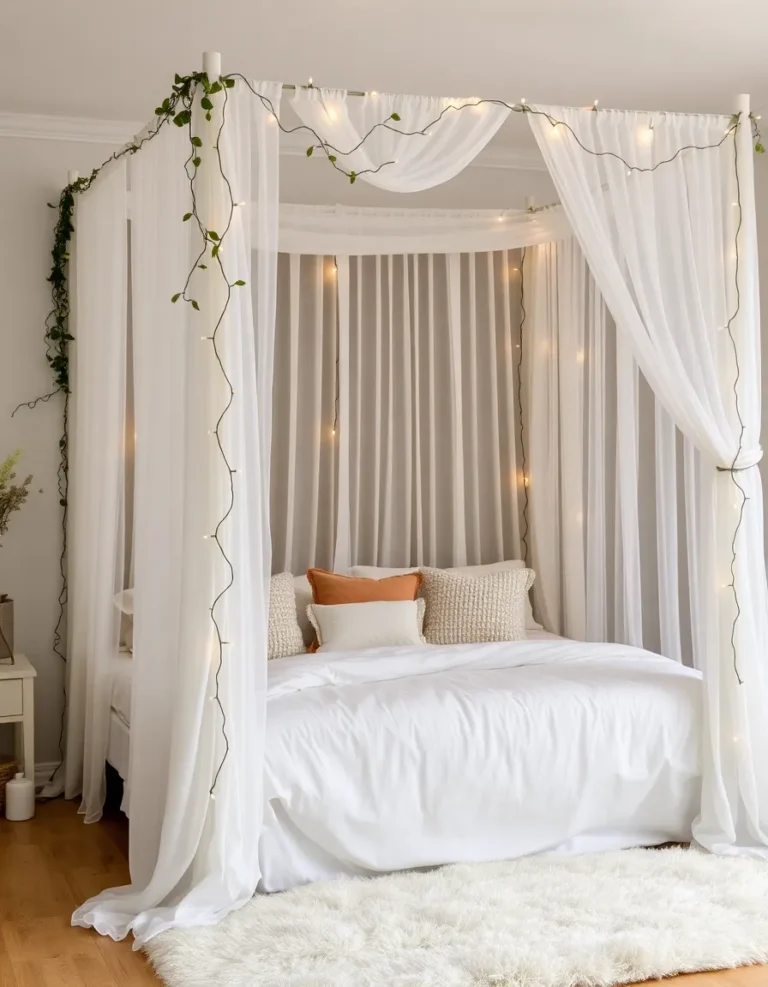Color and Lighting Tips to Make Small Rooms Feel Bigger
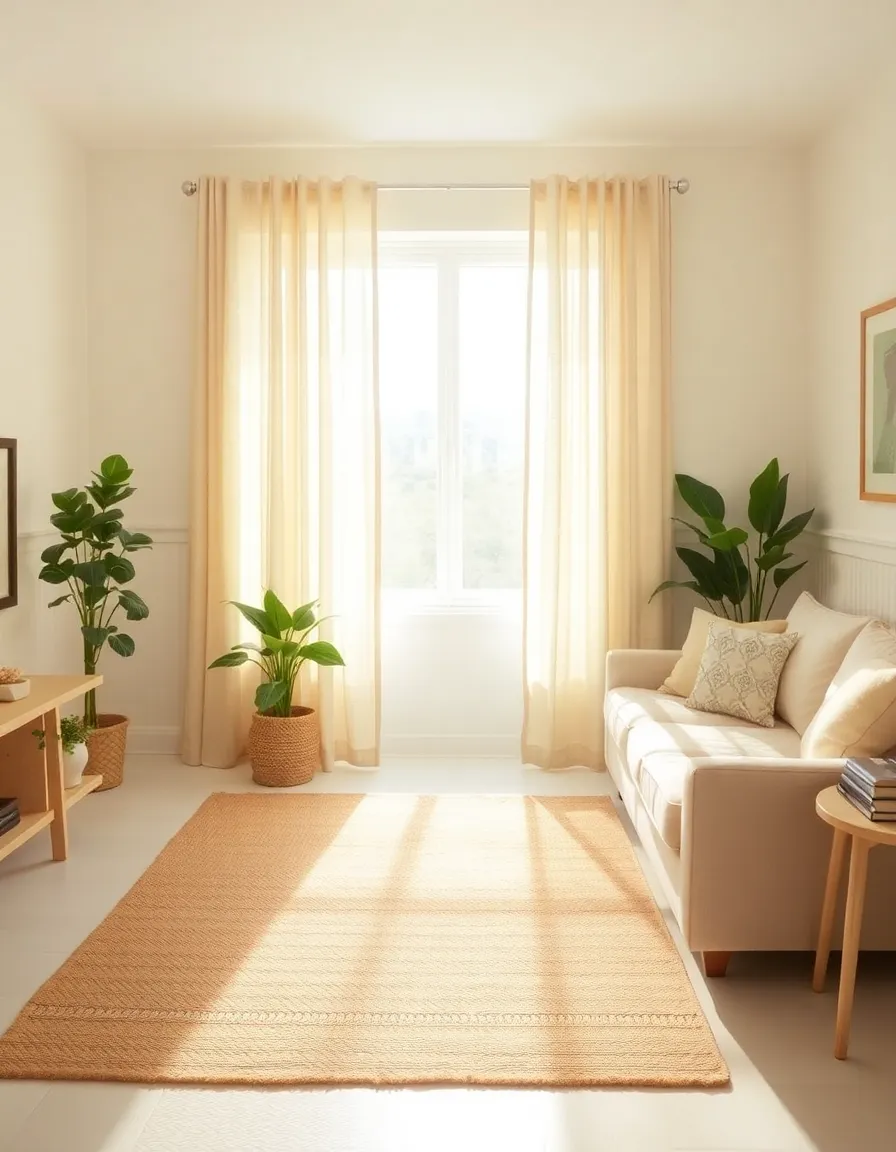
Ever walked into a tiny room and immediately felt like the walls were closing in on you? Yeah, me too. Small spaces can be cozy, but let’s be real—sometimes they just feel cramped. The good news? You don’t need a sledgehammer or a magic wand to make a room feel bigger. With the right color and lighting tricks, you can totally transform the vibe of your space without knocking down a single wall. And no, I’m not talking about those “just add mirrors” clichés (though, okay, mirrors do help). Let’s dive into some legit ways to open up your space and make it feel airy, bright, and way more inviting.
1. Light Colors Are Your Best Friend
If you want a room to feel bigger, light colors are the MVP. Whites, soft grays, pale blues, and creamy neutrals reflect light instead of absorbing it, which instantly makes the space feel more open. Dark colors? They’re like that friend who always wears black—cool, but they suck up all the energy in the room (literally).
Now, I’m not saying you have to paint everything blinding white like a hospital hallway. You can still add personality with subtle undertones. A warm off-white or a barely-there blush pink can keep things interesting without sacrificing that airy feel. And hey, if you’re worried about it looking boring, texture is your secret weapon—think linen curtains, a chunky knit throw, or a rattan chair to add depth.
Pro tip: Paint the ceiling the same color as the walls. It blurs the boundaries and tricks the eye into thinking the room is taller than it really is. Sneaky, right?
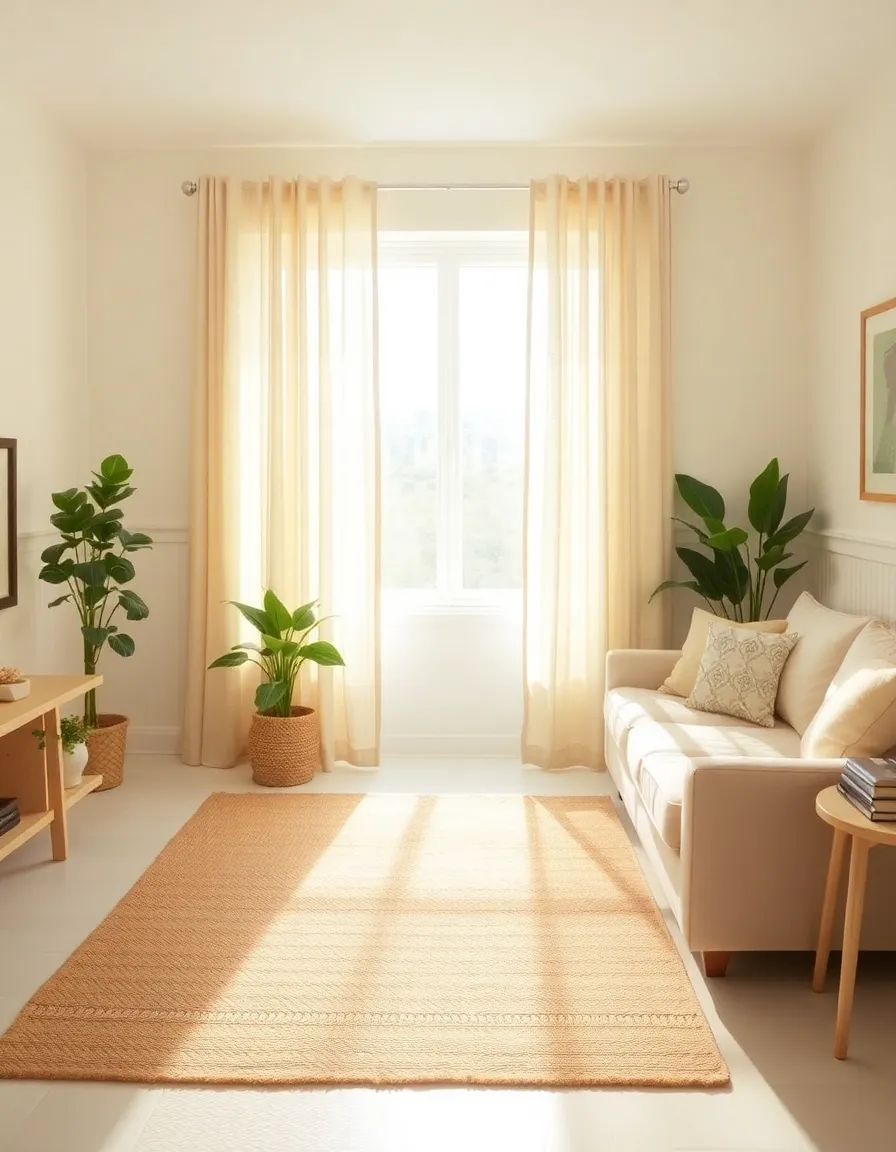
2. Let There Be (The Right Kind of) Light
Lighting can make or break a small space. Harsh overhead lights? No thanks. They cast weird shadows and make everything feel like a interrogation room. Instead, layer your lighting to create a warm, inviting glow that opens up the room.
Start with ambient lighting—think floor lamps or wall sconces that bounce light off the ceiling. Then add task lighting (like a cute desk lamp or under-cabinet lights in the kitchen) and finish with accent lighting to highlight cool features, like a piece of art or a bookshelf. The more light sources you have, the more depth your room will have, and the bigger it’ll feel.
Oh, and natural light? Pure gold. If you’ve got windows, don’t block them with heavy drapes. Sheer or light-filtering shades let in all that glorious sunshine without sacrificing privacy. No windows? Fake it with daylight-mimicking bulbs. Your room (and your Instagram feed) will thank you.
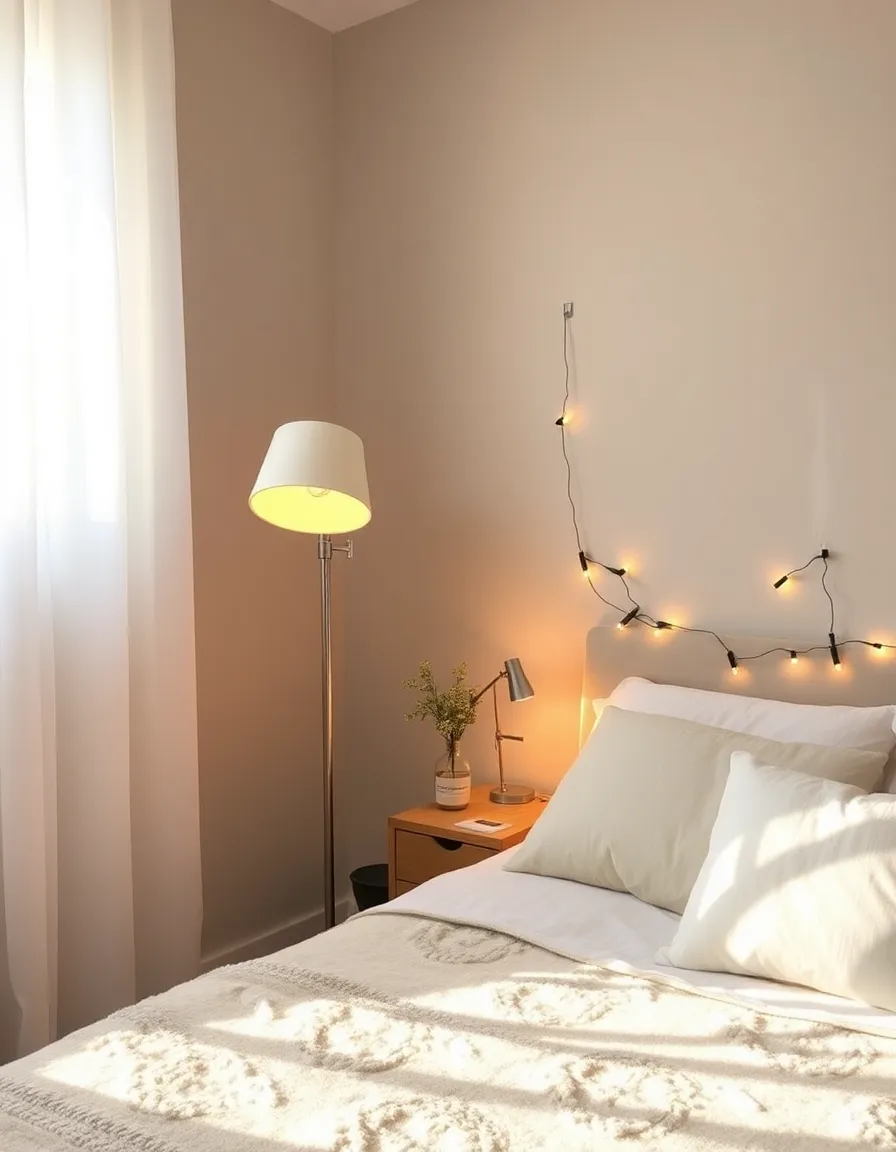
3. Go Monochrome (But Not Boring)
Sticking to one color family is a sneaky-good way to make a room feel bigger. When everything blends together seamlessly, your eye doesn’t get stuck on jarring contrasts, so the space feels more open. But before you panic—monochrome doesn’t mean “all beige everything.” You can totally do this with color.
Pick a base shade (like light blue) and then layer in different tones of the same color—darker blues for accents, lighter blues for furniture, maybe even a patterned rug with hints of the same hue. Add in some texture (velvet pillows, a woven basket) to keep it from feeling flat. The result? A cohesive, expansive look that’s anything but boring.
FYI, this also works with neutrals. A mix of whites, creams, and taupes can feel super luxe if you play with different materials like marble, wood, and metal.
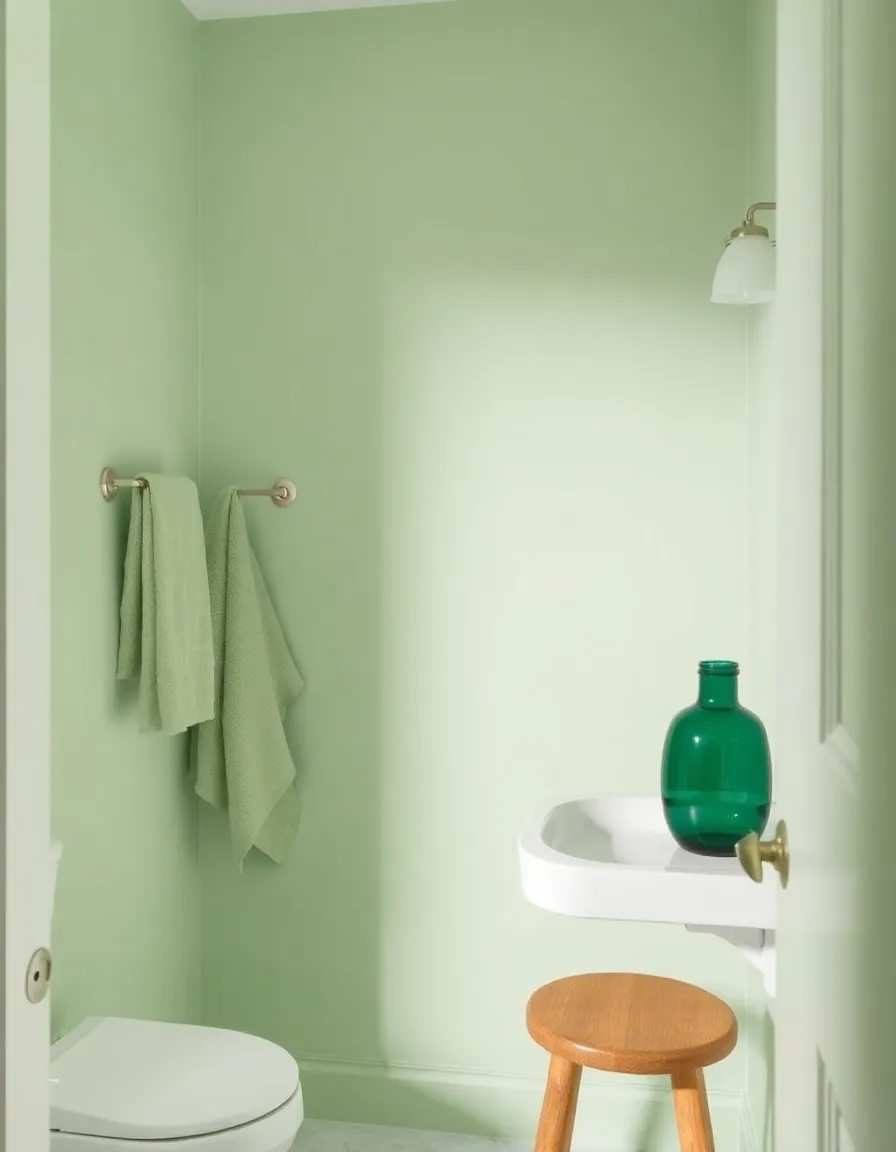
4. Reflective Surfaces = Instant Space Hack
Okay, fine, I *have* to talk about mirrors. But not just any mirrors—strategically placed ones. A large mirror opposite a window will bounce light around like crazy and make the room feel twice as big. Or try a mirrored coffee table or a glossy console to add that reflective magic without going full funhouse.
And it’s not just mirrors—anything shiny works. Glass tabletops, metallic finishes, even high-gloss paint can make a room feel more open. Just don’t overdo it unless you’re going for a disco vibe (no judgment).
One of my favorite tricks? Using a mirror behind a light source, like a sconce or candle. It doubles the glow and makes the whole space feel dreamy. Try it and thank me later.
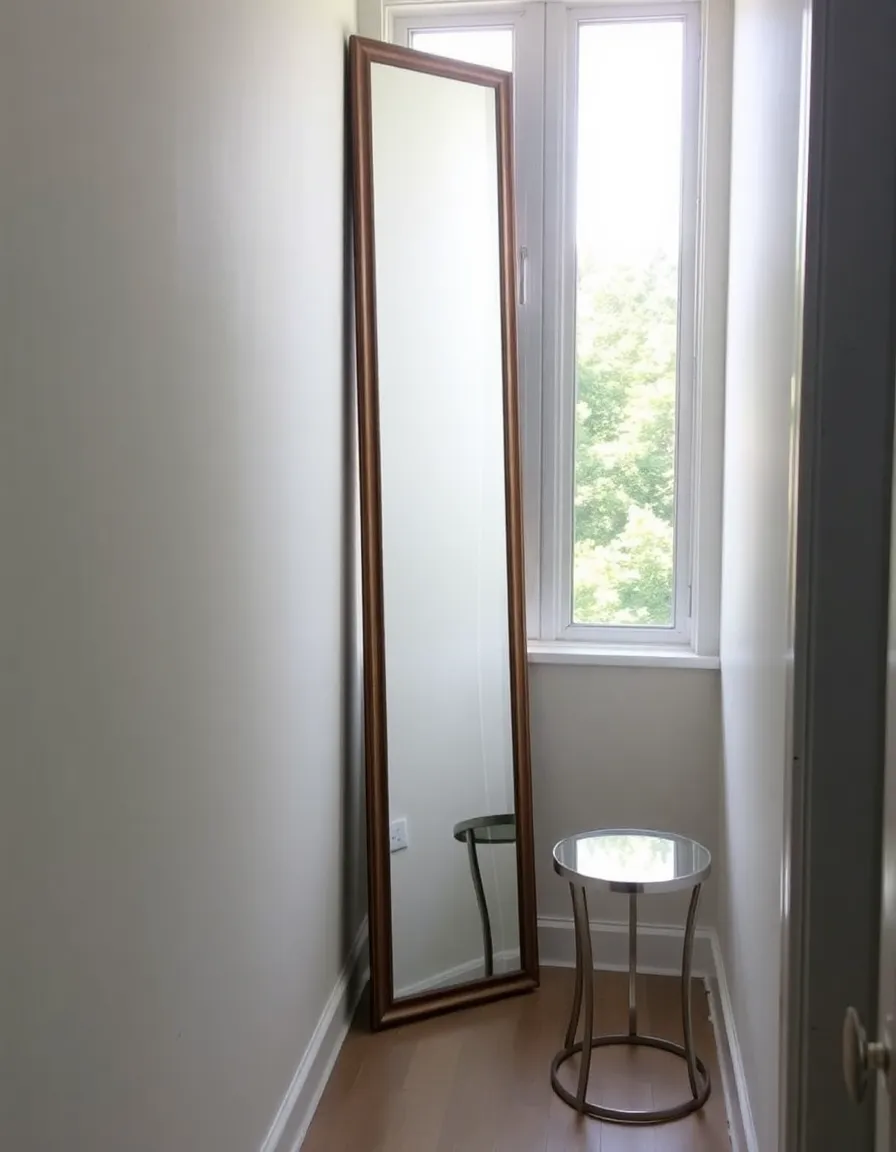
5. Keep It Clutter-Free (Yes, Really)
I know, I know—easier said than done. But clutter is the enemy of small spaces. Every extra knickknack or pile of mail makes the room feel smaller, no matter how great your color and lighting game is. So, time to channel your inner Marie Kondo.
Invest in smart storage—floating shelves, under-bed bins, multi-functional furniture (ottomans with storage, anyone?). And be ruthless about what you keep out in the open. A few well-chosen decor pieces will make way more impact than a bunch of random stuff fighting for attention.
Pro tip: If you’re not ready to fully commit to minimalism, try the “one in, one out” rule. Buy a new throw pillow? Toss an old one. It’s like a diet, but for your home.

So there you have it—color and lighting tricks that actually work to make small rooms feel bigger. No demolition required. Whether you’re rocking a studio apartment or just trying to make your cramped home office feel less like a closet, these tips will help you fake space like a pro. Now go forth and make your tiny kingdom feel like a palace!

